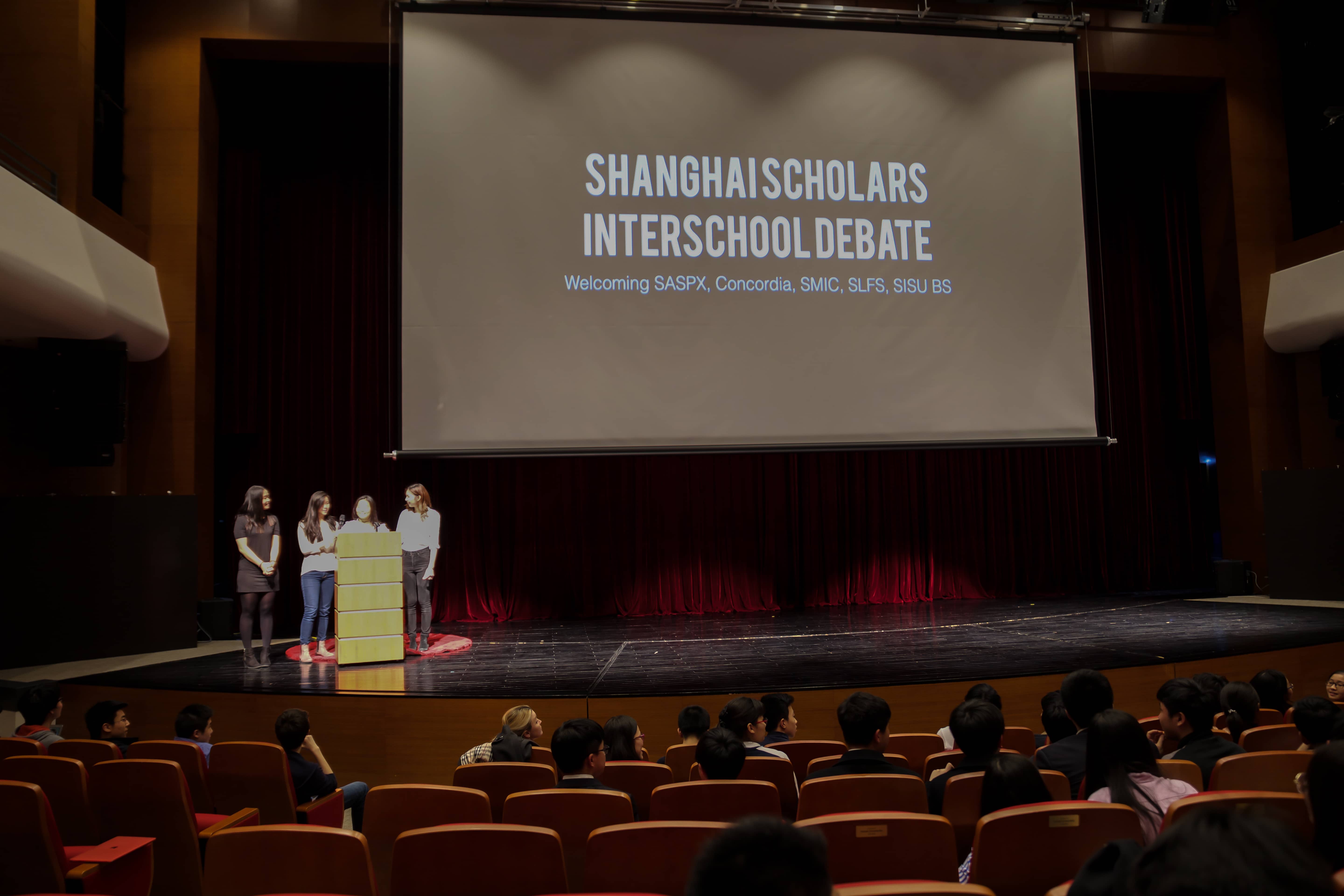
Data Science
I wll post my data science projects here in the future. For now, please check out (and follow) my Github!
AFeel free to reach out if you would like to be involved in any way!


I wll post my data science projects here in the future. For now, please check out (and follow) my Github!

Over quarantine, I picked up some new hobbies, one of which being the medium of watercolor art. My goal is to be able to fill up an entire sketchbook. I will post my favorite pieces here in the future!

SASDO, or Shanghai American School Debate Open, is uniquely a completely student-organized debate competition of high school students from different international schools from around China, mainly in Shanghai. Through this competition, we strive to build a stronger network of student debaters around China in order to provide more free debating opportunities and increase access to debate tournaments, making debate and public speaking a more equitable and accesible space. As one of the founders of this event, I am proud to say that this tournament is still being held annually, continuing with a turnout of 100+ debaters from 7 different high schools and staffing support from from NYU Shanghai and other private debating institutions.

Although second-generation Asian Americans have struggled between assimilation and retaining our Chinese culture, recently this demographic seems to have increased in visibility in pop culture and sociological discourse with the formation of Facebook group "Subtle Asian Traits", release of movie "Crazy Rich Asians", and live action "Mulan". This prompted me to answer a couple of questions. How do second-generation immigrants express their Chinese American identity compared to first-generation immigrants? How do second-generation Chinese Americans define their cultural identity? What are the differing nuances of Chinese American identity based on location and socioeconomic status? How did the spread of coronavirus affect the way Chinese Americans live their lives in the United States? I hope to answer these questions by travelling across the United States interviewing different Chinese Americans, comparing and contrasting the meaning of the Chinese American identity for first-generation and second-generation immigrants. I plan on writing a series of essays that spotlight these different experiences in an attempt to define the new Chinese American identity, as well as noting its crucial nuances.
